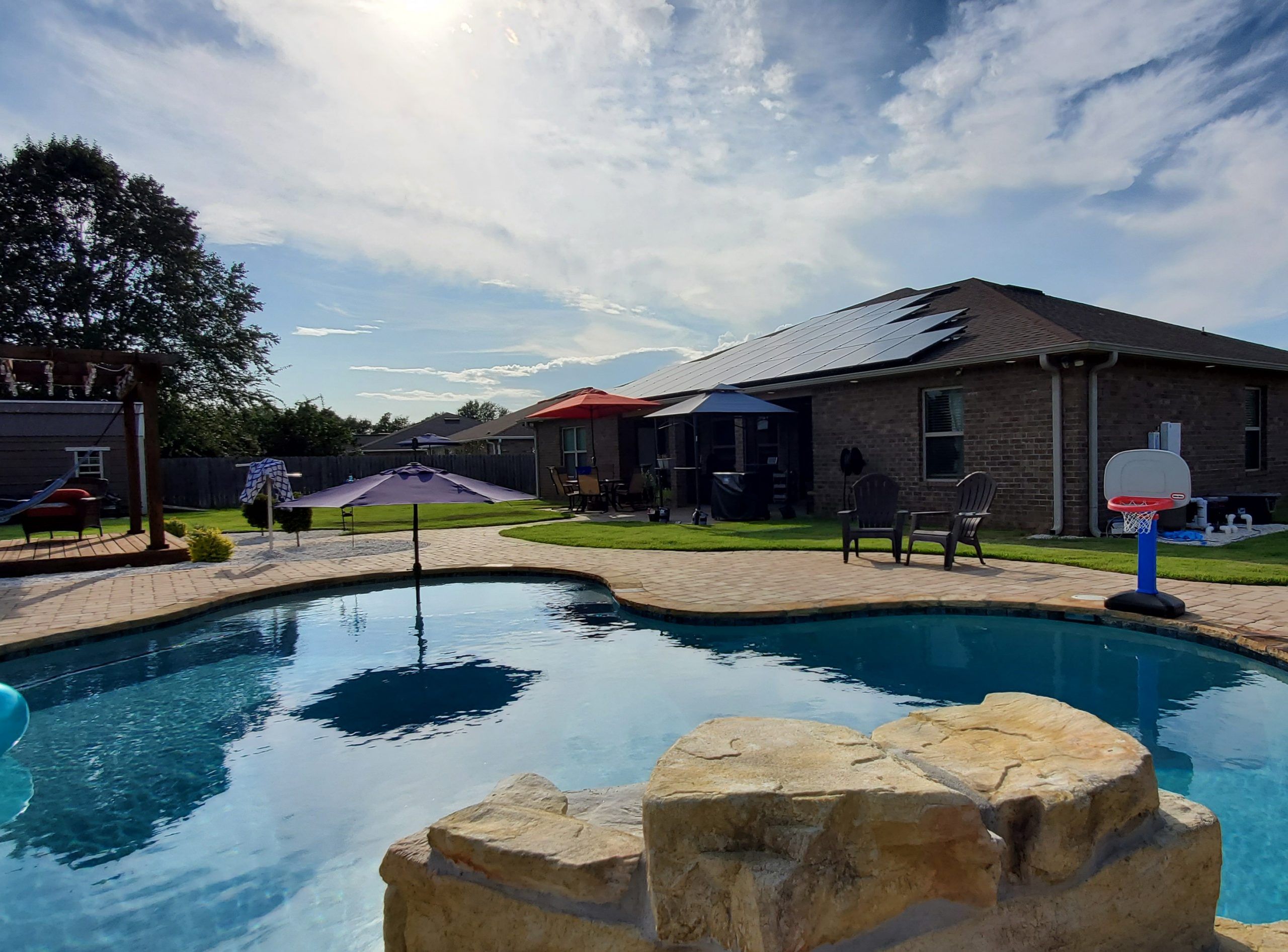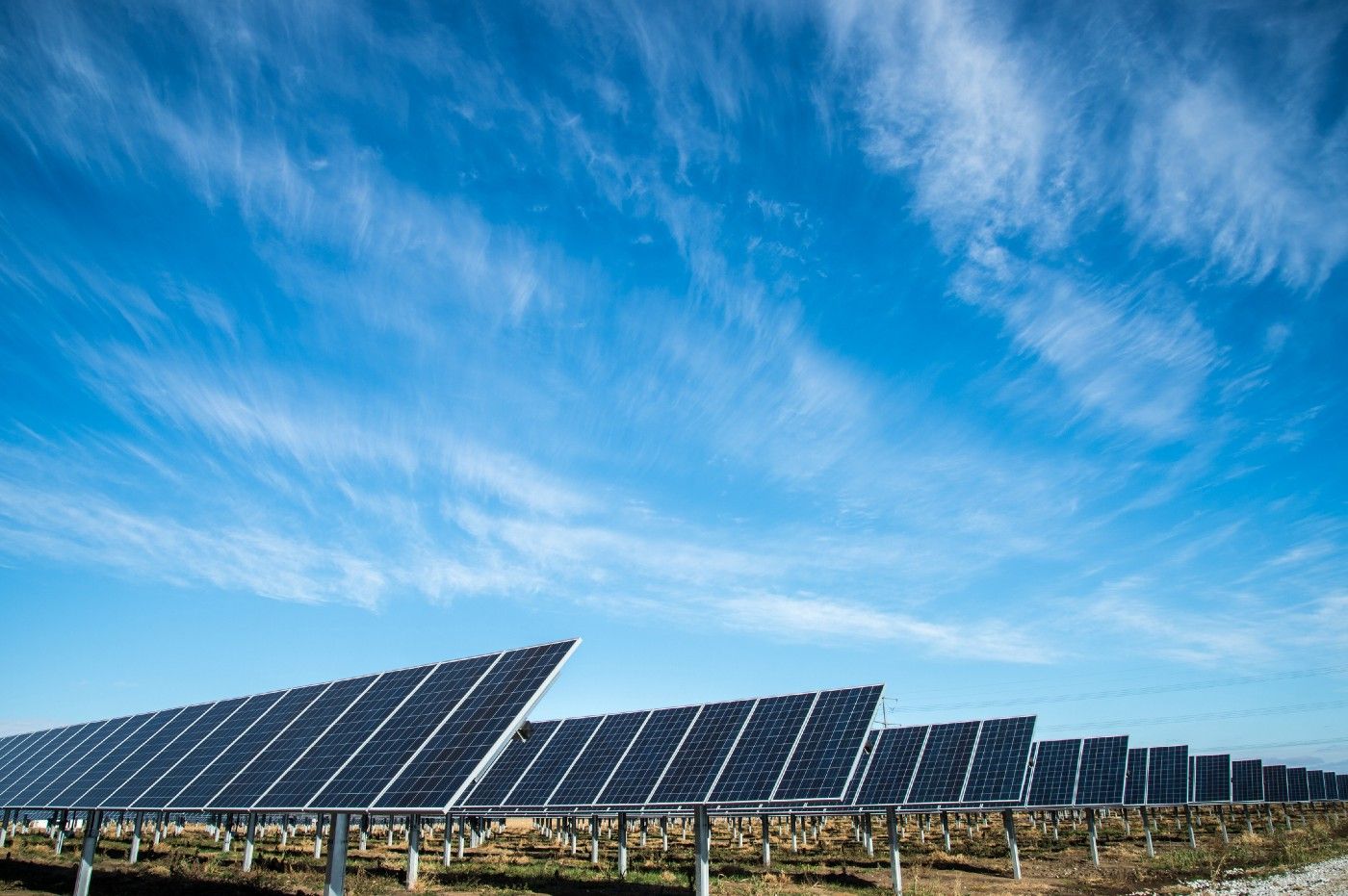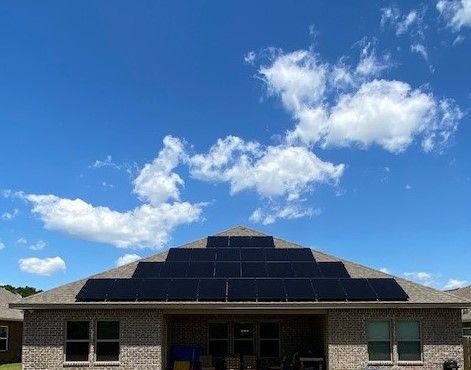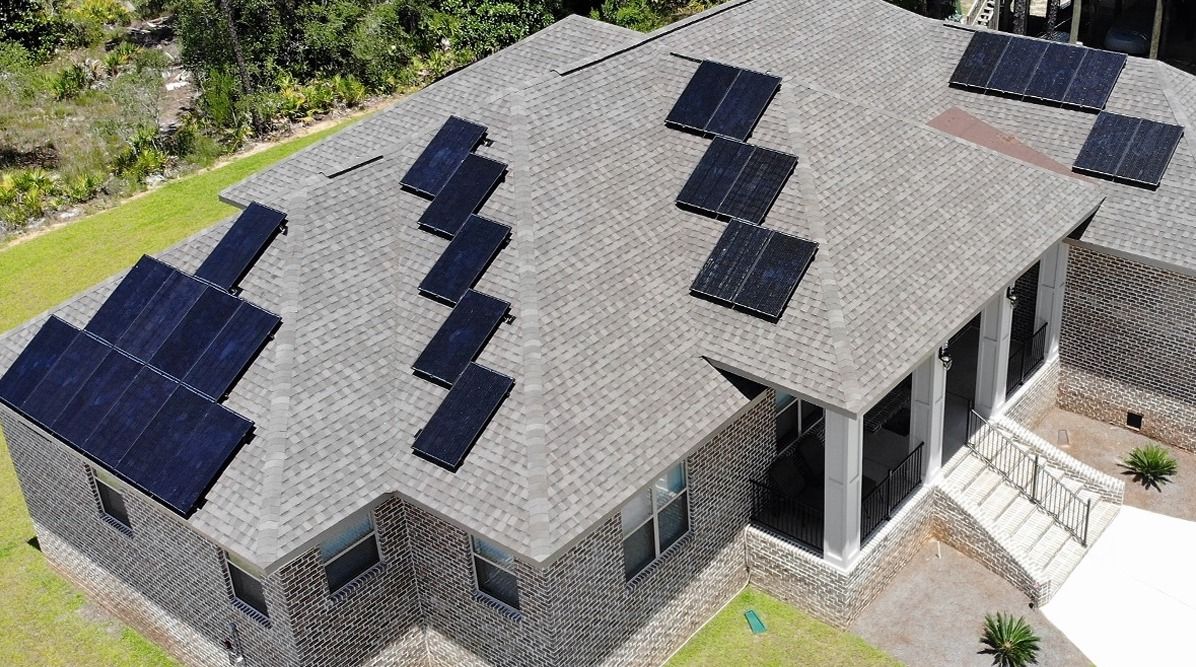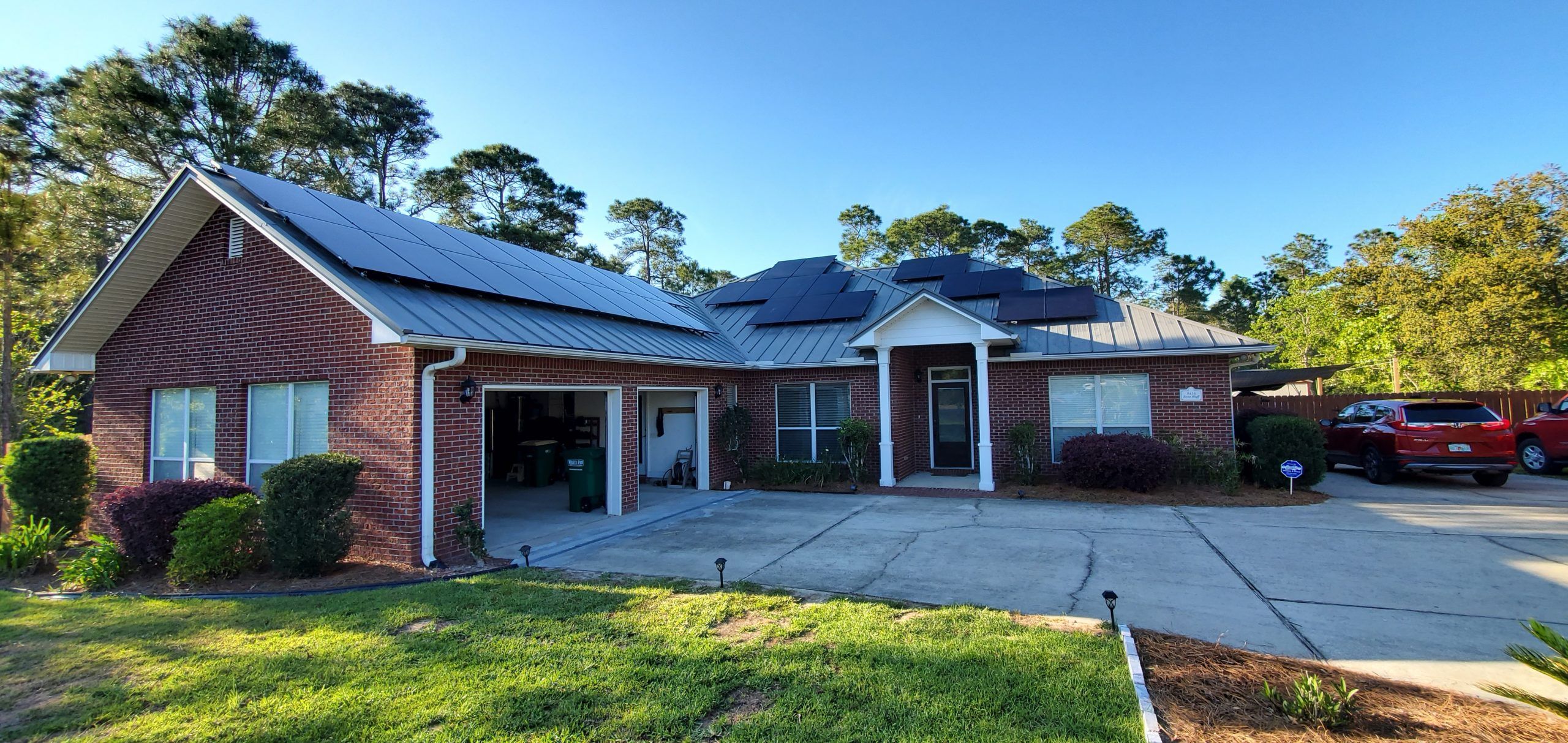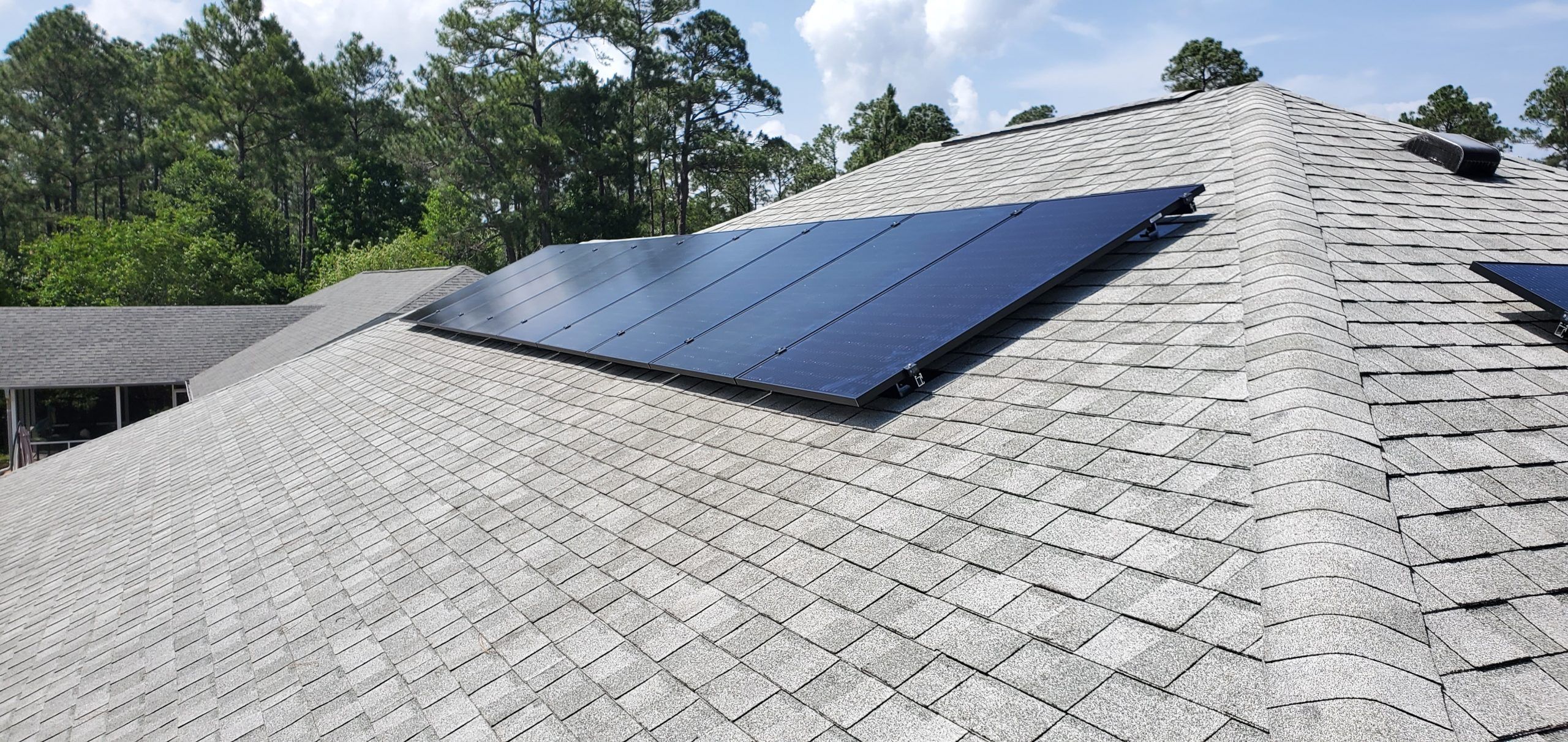Is Solar Pool Heating Worth It?
Although in sunny parts of the USA, we get to enjoy our pools nearly year-round, there are a few months between November to March where a pool heater comes in handy.
But the initial installation of pool heaters can run into the thousands and then there’s the cost in electricity to heat the pool which varies based on the size of your pool, from around 9 kW of energy to 116 kW of energy or more. Then, there are the electricity and gas bills which can cost hundreds per month.
There are alternatives such as solar pool heating, which brings us to the question: “Is solar pool heating worth it?” Let’s find out.
What is solar pool heating?
Solar pool heating is a low-cost alternative to heating your inground or above-ground pool using a heat pump that utilizes expensive and non-renewable energy such as electricity or gas to heat the water.
Solar pool heaters use the sun’s heat to heat your pool for free (except the cost of installation, of course).
Solar thermal panels are usually installed on the roof of your home, shed, garage, or ground-mounted rack. The water is pumped from the pool to the panels using your existing pool pump and the cold water is warmed as it travels through the solar collectors. The warmed water is then pulled by gravity back to your pool.
It’s a simple process and you can set the temperature of your pool. Once the temperature is reached, water will not be pumped to the panels unless it needs to be, which is why it’s so economical.
Each panel has an automatic valve that uses specialized temperature sensors to determine if and when the solar collectors should be used. A manual valve can be used as an alternative, but that’s not recommended.
The only downside to solar pool heating is that it takes a little longer to heat up than using electricity or gas but that’s a small price to pay for the overwhelming benefits otherwise.
What’s the cost of solar pool heating?
We’ve all felt the pinch at the pump for fuel, natural gas, and electricity. Energy costs are going up each year and there’s no sign that they’ll come down any time soon. Not to mention that in the next decade, we need to be moving towards more renewable sources of energy. So, getting ahead of the curve with solar pool heating makes sense.
The sun’s energy is always free and many pool owners are taking advantage of solar pool heaters and pool blankets not only to save money but also to avoid future energy price increases – and you get a warm pool.
The cost of installing a solar heater is around the same cost of installing an electric or gas one, but the lack of maintenance and monthly costs is where you really save money, which is why many homeowners choose solar: it meets their heating needs and saves them money each year.

How much does it cost to maintain solar pool heating?
Again, installation costs are comparable to conventional fossil fuel heating methods but the operating costs are nil, whereas the operating costs of fossil-fuel heaters depend on the size of your pool and the cost of energy. That can cost you hundreds easily per month.
That means that solar pool heating pays for itself in around two years.
After that point, you will collect dividends each year with the sun’s free and abundant energy source.
Furthermore, solar equipment lasts over a decade. Our UltraSwim panels have a 12-year warranty, whereas most gas or electric heaters only come with a 2-year warranty. So, you may pay the same price for installation and get only two years out of the heater plus the monthly energy costs and maintenance costs! It’s really a no-brainer.
Gas and electricity heaters need servicing by a qualified technician each year. They can short-circuit or get blocked with foreign particles like dust and break. Solar heating requires few services, which means lower cost to maintain overall – not to mention convenience. You don’t have to wait for a service technician and take precious time off work.
You even save time on installation since solar heating can be up and running in hours instead of days. Fossil-fuel heaters often require additional plumbing and wiring or mains to be added to work, and they can impact nearby grass. The installation can take a few days, depending on your situation, and they take time to get running. With solar heating, the pipes are secured to your roof and home exterior walls and you can start heating your pool as soon as they’re installed.
Overall, solar heating is comparatively eco-friendly, cost-saving, and time-saving.
Is solar pool heating more eco-friendly?
As mentioned, solar pool heating is definitely more eco-friendly than using non-renewable fossil fuel sources.
Many people have concerns with pool use in general as, when not used in an environmentally-friendly way, they can have deleterious impacts on the environment. Along with reducing harsh chemicals, maintaining your pool filter, using a pool pump timer, and a pool robot, using solar panel heating instead of fossil-fuel heating can make a huge difference.
Replacing a natural gas or propane heater with a solar heater could stop three to ten tons of carbon dioxide from entering the atmosphere each year, which is the same output as a car!
What are the benefits of solar pool heating?
There are multiple benefits to solar pool heating. The biggest one is affordability. You can double your swim time and there are no monthly maintenance and operational costs.
You can also increase your home’s value with solar pool heating and it’s shown to be a net asset dollar for dollar in favor of the homeowner.
So, in short: yes, solar pool heating is absolutely worth the investment. You’ll reap the benefits for years to come, all while doing your part to save the environment in the process.
How can I get solar pool heating?
If you want information about solar pool heating, get in touch with Compass Solar today. We have financing options available for your residential solar project needs. We can guide you on the costs of installation and if there are any solar energy loans to help. Solar installation can save you money on your energy bills and help the environment.
